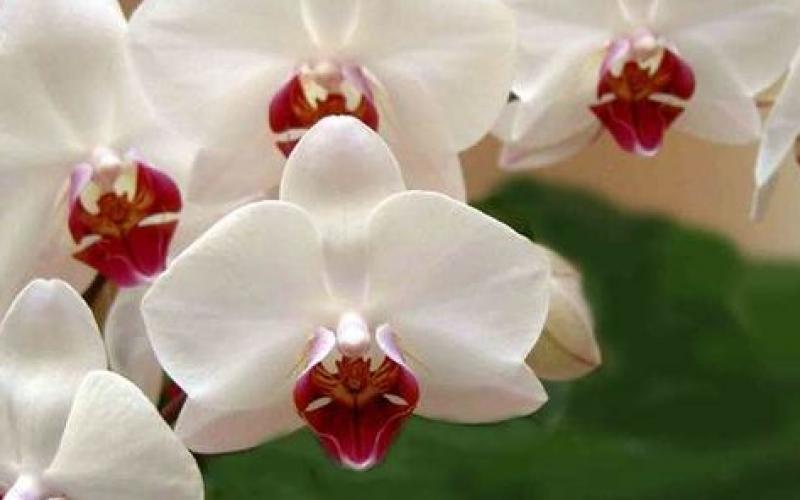Orchids flourish with assisted migration

Orchids flourish with assisted migration
Assisted migration is hotly debated as an aid for species adapting to climate change, but new research reveals survival success for orchids.
Original Paper:
Hong Liu, Chang-Lin Feng, Bao-Shan Chen, Zhong-Sheng Wang, Xiao-Qing Xie, Zheng-Hai Deng, Xin-Lian Wei, Shi-Yong Liu, Zi-Bin Zhang, Yi-Bo Lou, "Overcoming extreme weather challenges: Successful but variable assisted colonization of wild orchids in southwestern China," Biological Conservation, 150 (2012), 68-75. DOI: http://dx.doi.org/10.1016/j.biocon.2012.02.018.
L. Hughes, S. Mcintyre, D. B. Lindenmayer, C. Parmesan, H. P. Possingham, and C. D. Thomas, "Assisted Colonization and Rapid," 2008, Science, 321, 345-346. DOI: http://dx.doi.org/10.1126/science.1157897
Anthony Ricciardi and Daniel Simberloff, "Assisted colonization is not a viable conservation strategy," 2009, Trends in ecology & evolution, 24, 248–53. DOI: http://dx.doi.org/10.10.1016/j.tree.2008.12.006
Climate change is driving many species to higher altitudes, but those with fragmented habitats or restricted mobility face potential extinction. Assisted migration is a new solution in which humans manually relocate a species outside its native range to areas that are predicted to be suitable under future climates. This technique is highly controversial due to the high costs of relocation and simultaneous low odds of species survival. Scientists are furthermore concerned that introduced species may turn 'invasive' and wipe out members of the new community or produce unexpected effects on the ecosystems. Despite these apprehensions, a recent study in Biological Conservation announced success with the migration of one of the world's most beloved and charismatic plants: orchids.
Chinese researchers examined the effects of assisted migration during a massive orchid rescue effort in 2006 that relocated 1000 endangered plants of 29 rare and endangered species from a lowland area that would be flooded by a hydropower project in the Longtan reservoir in Guangxi, southwestern China. Individual plants were moved 30 kilometers southeast to an altitude of 1000 meters above sea level, 600 meters higher than their original setting. Researchers labeled and mapped 462 individual plants from 20 species and tracked their flowering and survival six times over a 5-year period following the migration.
The relocation area was situated outside the native elevation range of 70% of the species, offering the opportunity to compare responses between individuals within and outside of their native range. Soon after relocation, a long cold spell struck southern China in winter 2008, followed by a severe record-setting drought in the dry season of 2010, presenting an ideal scenario in which to examine orchid survival through extreme variation in climate.
The researchers found that nearly all orchids were remarkably resistant to the climatic and grazing pressures, and that all species flowered in the new conditions. Five-year survival rates were very similar between orchids within and beyond their native elevation ranges (60% survival). Around 9% of plants died during translocation, 22% from grazing and 9% from the cold spell, and no plants died from the drought. Only one species, the tropical orchid Vandopsis gigantea, was eliminated by the cold, indicating that species are more likely to die off when moved to climates that differ greatly from their native ranges.
The assisted migration in southwestern China succeeded in relocating a suite of orchid species to higher elevations, where they may continue to prosper throughout future climate shifts. However, some milestones have yet to come. The orchids' long-term survival will not be fully determined until the species fruit to reproduce. Survival aside, relocation of the orchids cost $1.5 million USD, a formidable fee to other conservation groups that may consider attempting assisted migration.
It is clear that assisted migration still faces major challenges before it may be accepted as a conservation solution. Yet without question, the orchids in China provide strong justification of the rewards that assisted migration can offer in the days to come.




